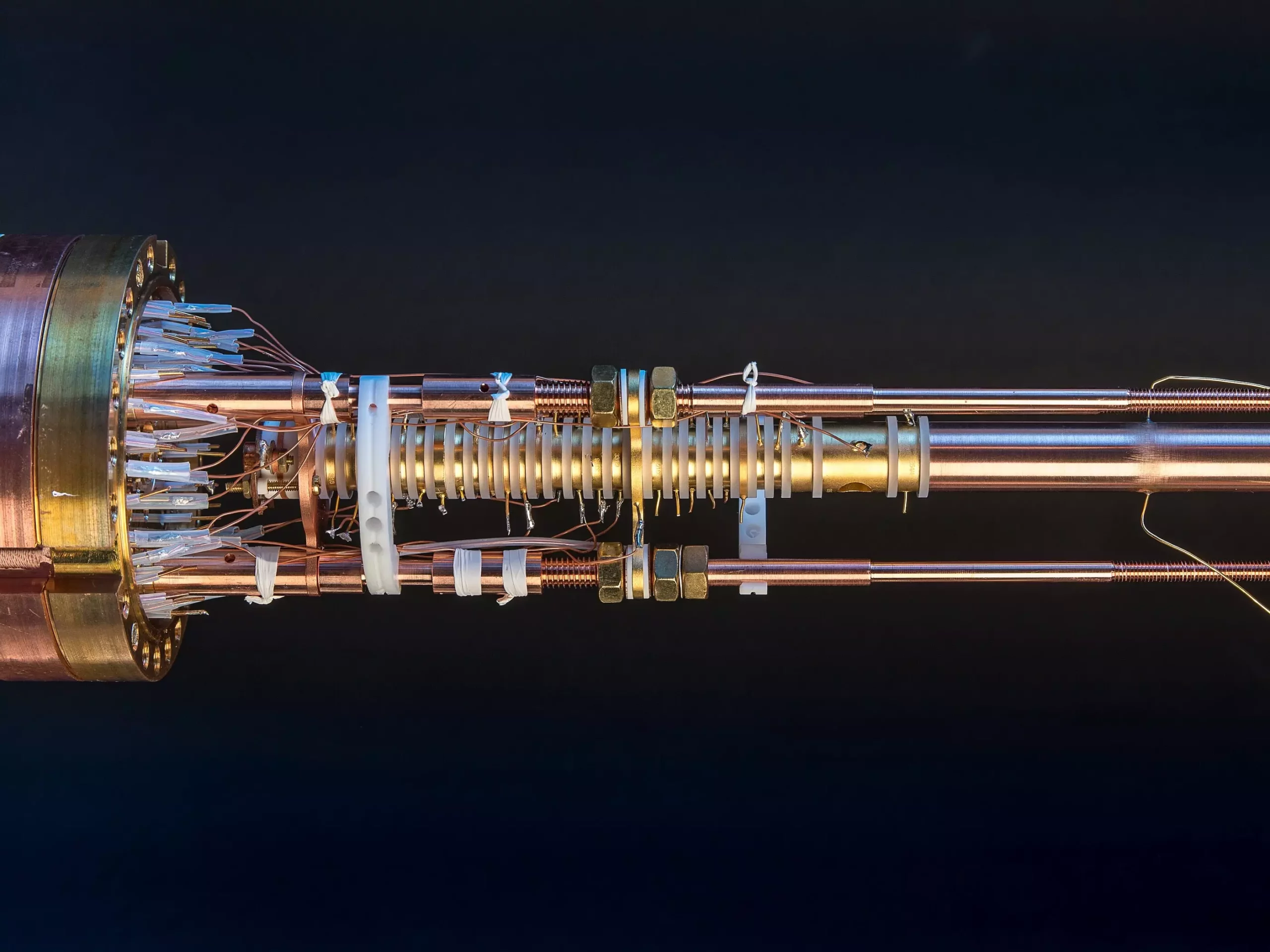In the intricate world of atomic physics, understanding the interaction between an atom’s nucleus and its surrounding electromagnetic shield is paramount. The electron shell surrounding a nucleus can be visualized as a protective barrier, effectively shielding the core from external influences and limiting the accessibility to the nucleus’s intrinsic properties. In a groundbreaking study led by Klaus Blaum and his team at the Max Planck Institute for Nuclear Physics, researchers have achieved unprecedented accuracy in measuring the magnetic moment of beryllium-9, surpassing previous measurements by a factor of 40. These advancements not only enhance our understanding of fundamental physics but also have profound implications for practical applications in nuclear magnetic resonance (NMR) techniques, particularly in chemistry and magnetic field measurement.
Nuclear magnetic resonance is a technique that exploits the magnetic properties of atomic nuclei, akin to how magnetic resonance imaging (MRI) works in medical diagnostics. Rather than visualizing living organisms, NMR provides a chemical fingerprint of substances, relying on nuclei acting like tiny magnets that respond to externally applied magnetic fields. When placed in a strong magnetic field, these nuclei undergo precession, similar to how a spinning top behaves. This precession directly interacts with the electron shells, giving significant insights into the chemical environment of the nuclei.
What makes this study particularly intriguing is the realization that even in today’s advanced theoretical frameworks, accurately calculating the magnetic moment of a nucleus amidst the complexity of multiple interacting bodies remains an elusive challenge. As noted by Zoltan Harman from Blaum’s team, the calculations become exceedingly complicated due to the unpredictable nature of interactions amongst paired quarks within the nucleus itself. The dearth of precision in these theoretical estimates often hinders the accuracy of predictions about nuclear properties.
To sidestep the limitations imposed by theoretical predictions, the team harnessed state-of-the-art measurement techniques utilizing Penning traps. This sophisticated apparatus enables prolonged confinement of charged ions employing a blend of strong magnetic fields and intricate electric fields. By focusing on beryllium-9, known for its simplicity due to its small atomic size, the researchers eliminated several electrons to attractively simplify the system into a “hydrogen-like” configuration. This alteration facilitated a clearer understanding of the electromagnetic shielding effects, which had remained enigmatic when examining heavier nuclei.
The strategic choice of beryllium is rooted in its proximity to helium in the periodic table, a critical factor for certain applications in NMR. Since helium-3 isotope is often used as a probe in NMR, the insights gained from the beryllium measurements are poised to advance methodologies requiring exact magnetic field evaluation.
The results from this innovative research shine a light on the previously nebulous understanding of electron shielding effects in helium-3 and similar systems. By meticulously analyzing the behavior of a beryllium-9 ion with just one remaining electron, the team drew meaningful conclusions regarding the interactions at play. This meticulous work lays a solid groundwork for refining NMR methodologies and illustrates how fundamental physics experiments can directly influence practical applications in chemistry and engineering.
The measurement of the magnetic moment in beryllium-9 has proven to be the second-most precise measurement of such a property, following that of protons. The significance of these findings extends into the realm of enhancing magnetic resonance applications, where precise measurements of magnetic properties are crucial. The implications for industry and research are staggering, as advancements in NMR techniques can lead to better pharmaceuticals, improved chemical analysis, and enhanced understanding of material properties.
Klaus Blaum’s team’s pioneering work is a testament to the forefront of nuclear physics research. By overcoming significant theoretical challenges and deploying advanced measurement technology, they have unlocked new dimensions of understanding regarding the critical balance between electron shielding and nuclear properties. The implications of their findings are vast—not only do they enrich our comprehension of fundamental physics, but they also herald a new era of precision in nuclear magnetic resonance applications. The potential for further explorations in this field promises even greater advancements, ushering in exciting possibilities for both scientific inquiry and practical utility.


Leave a Reply